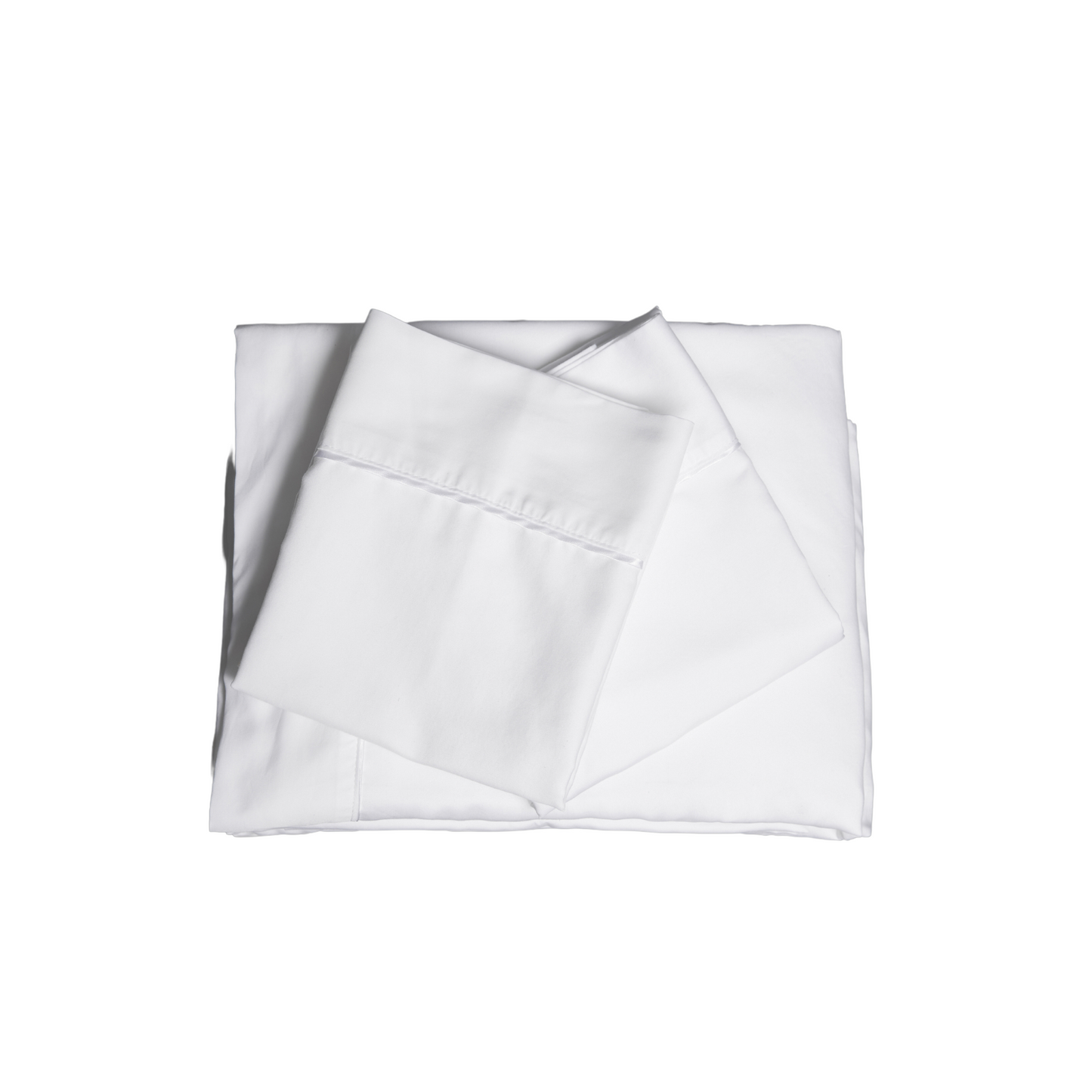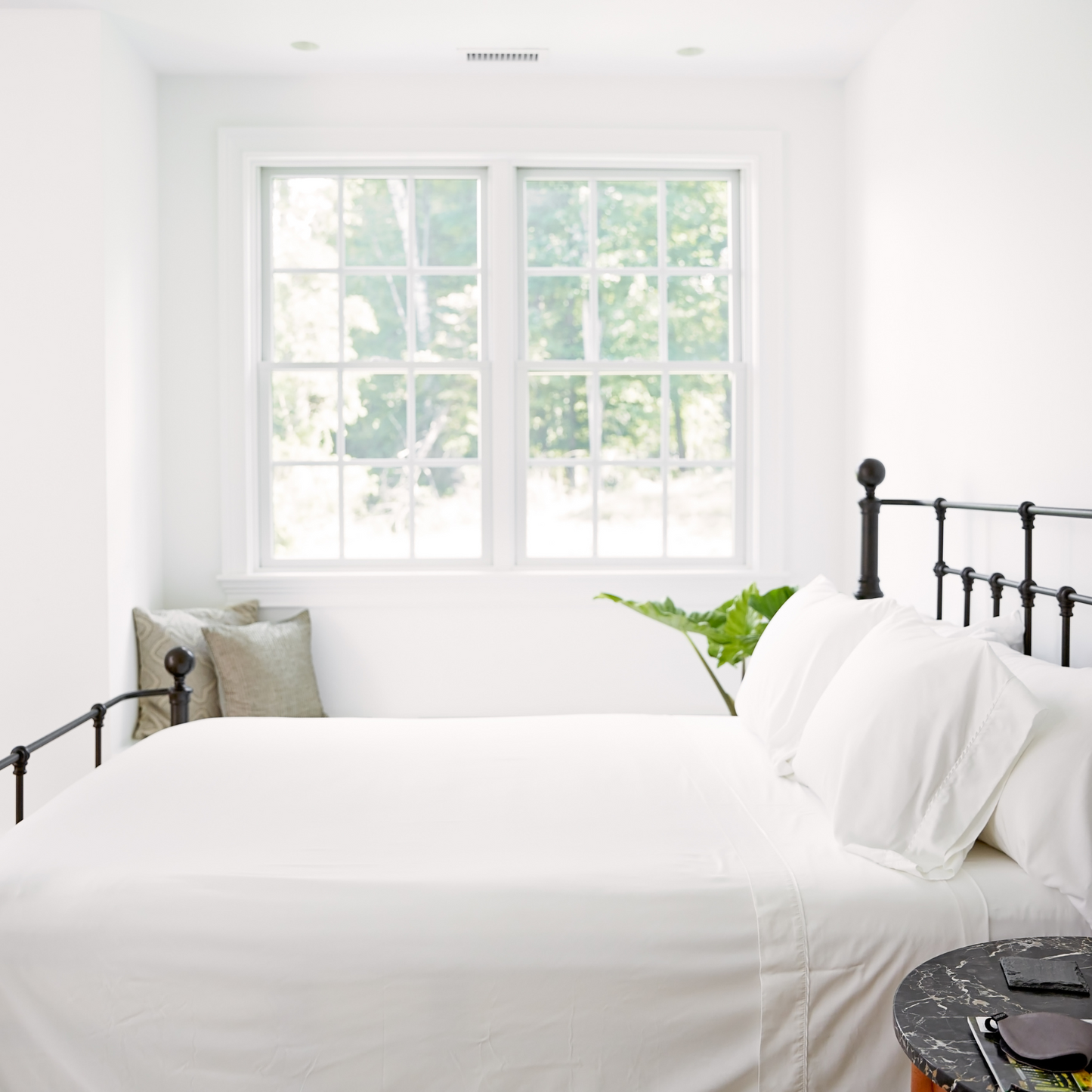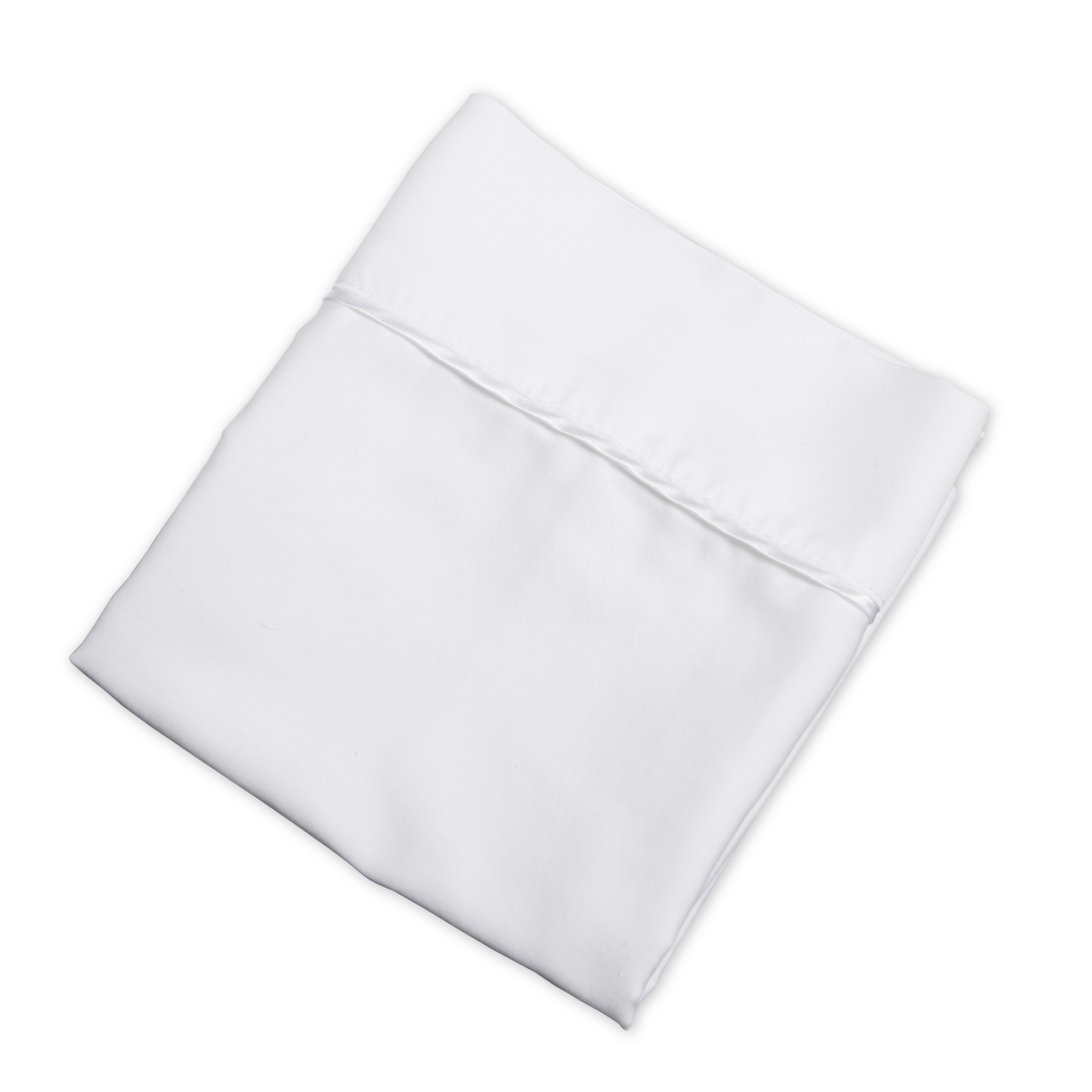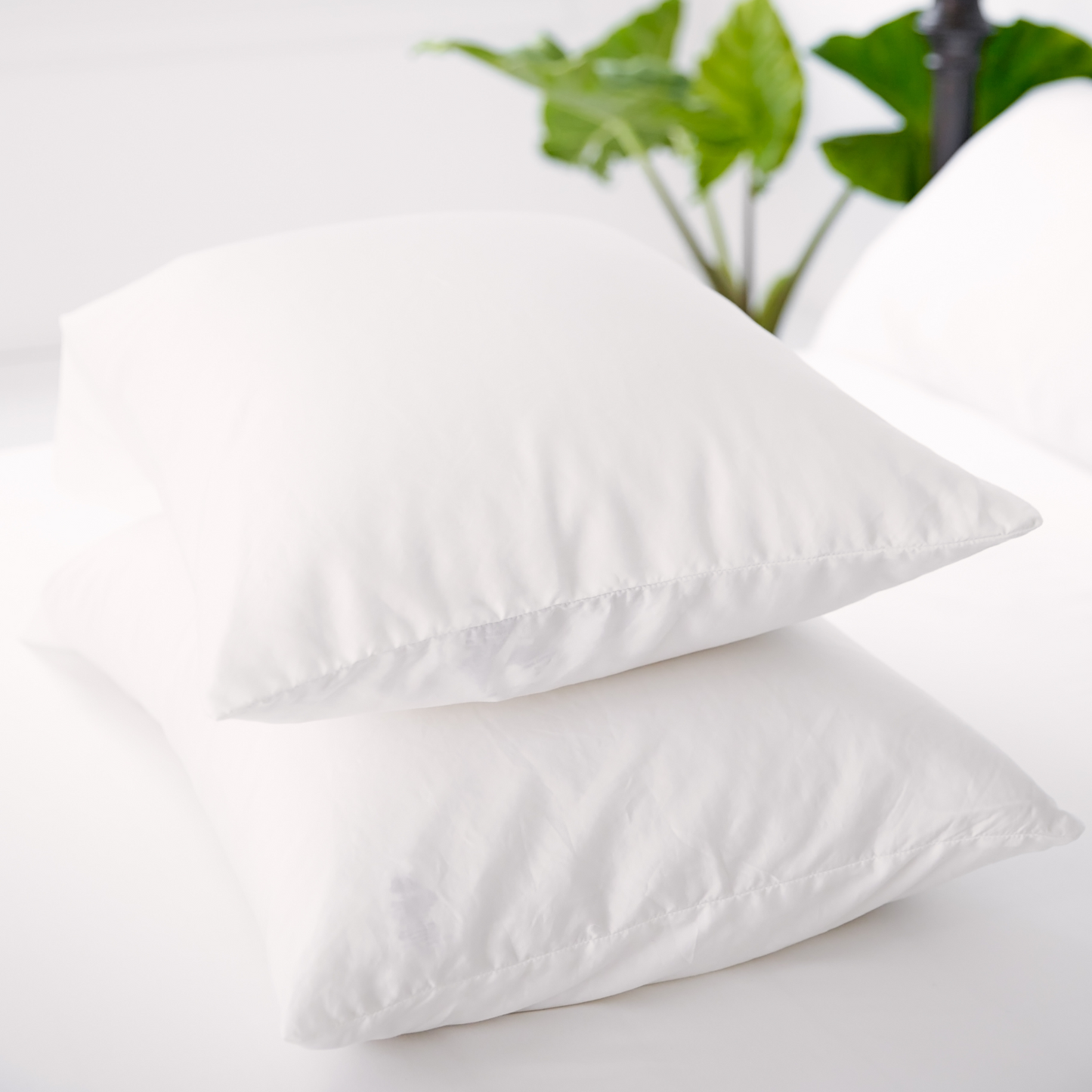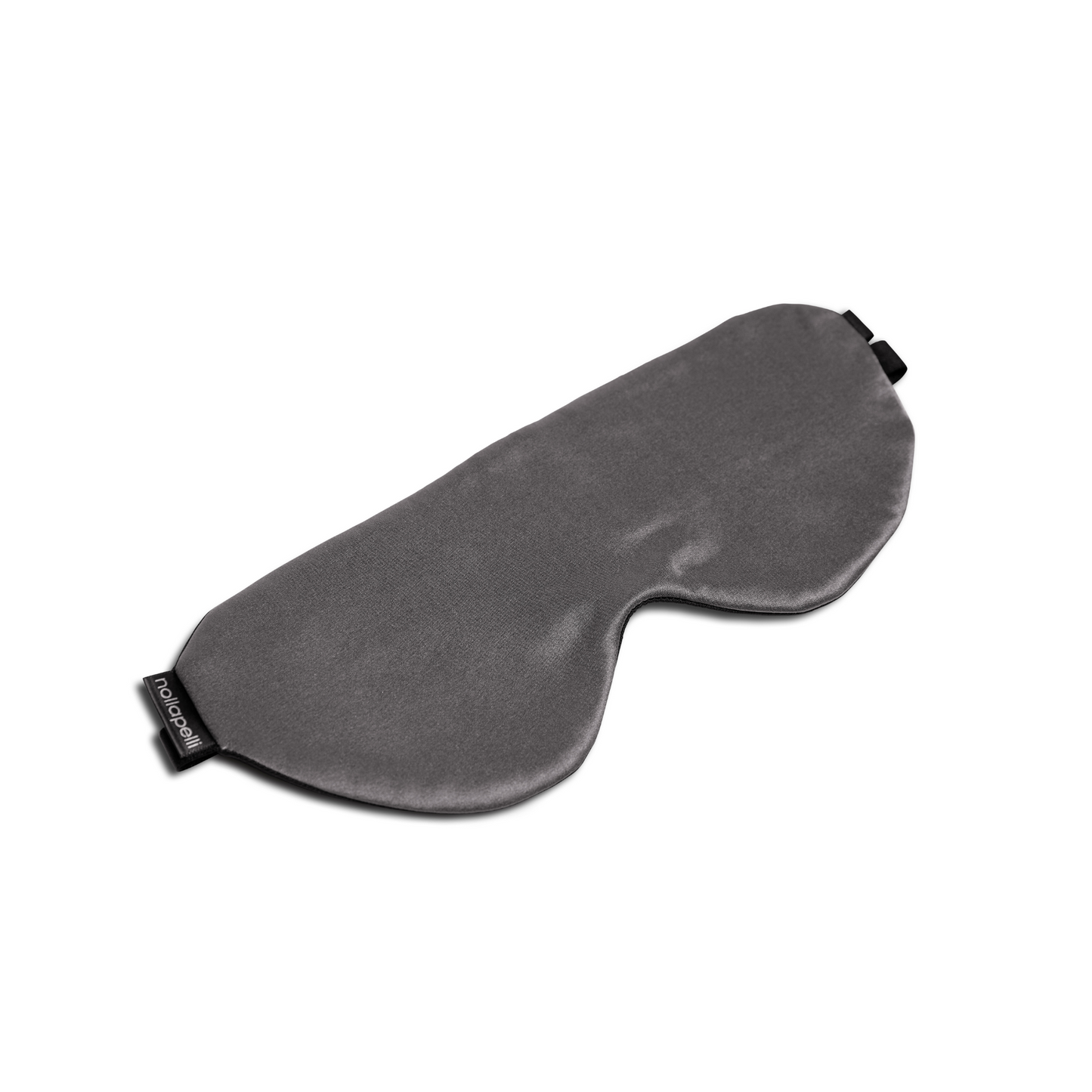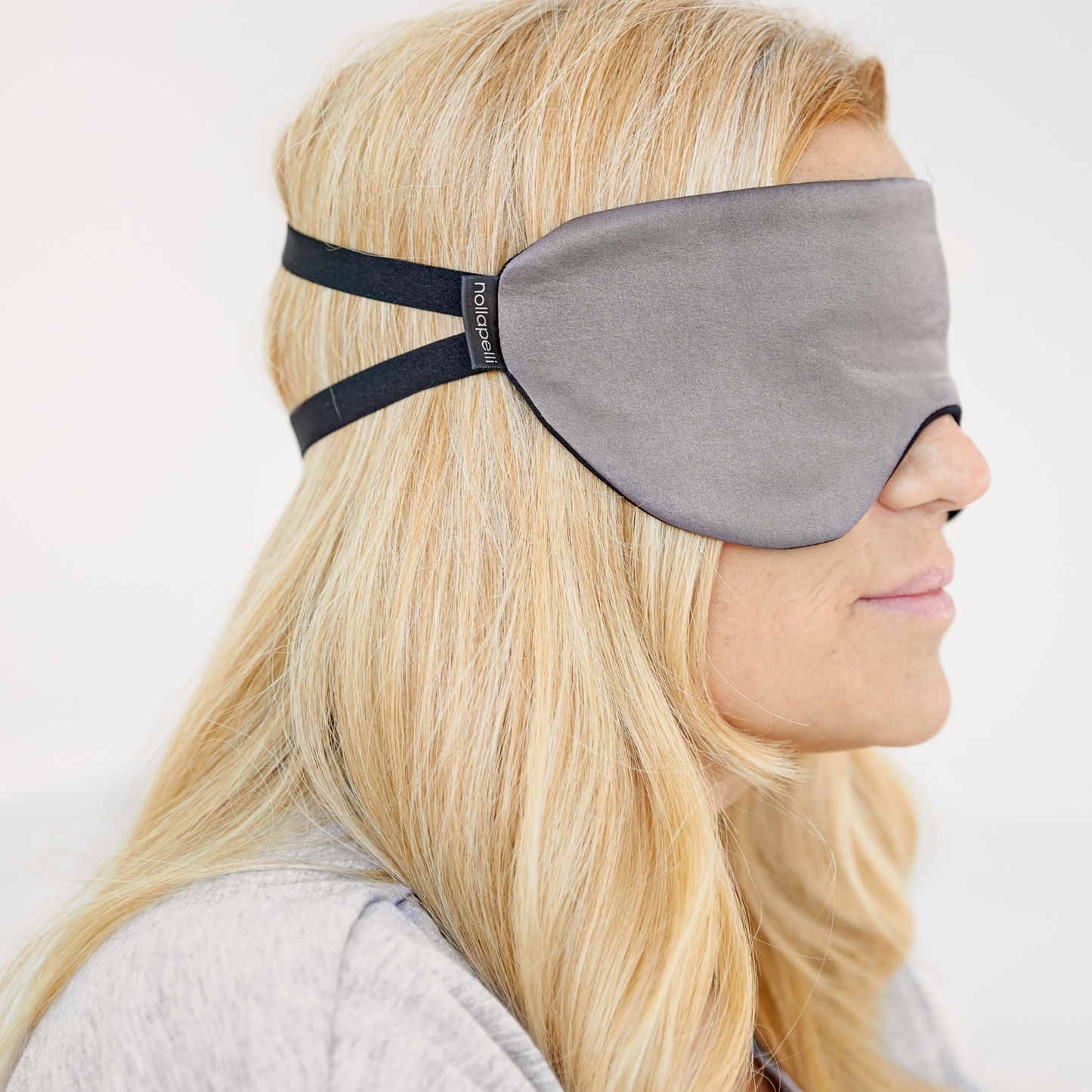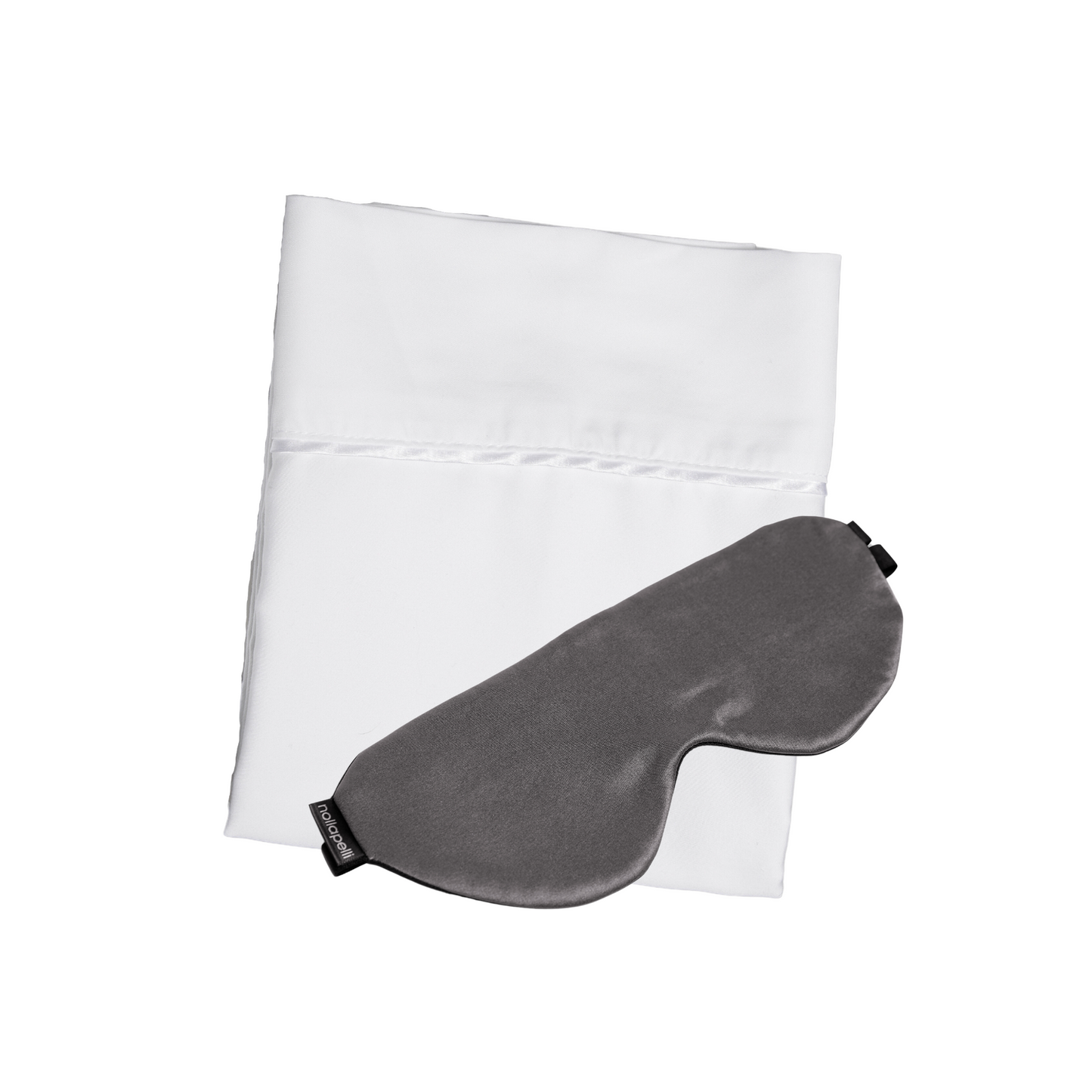
When buying bedding, thread count seems to be the go-to measure of quality. The higher the thread count, the nicer the sheets, right? Not necessarily. It’s time to rethink everything you know about choosing comfortable, luxurious bedding.
Thread count seems like a simple standard of superiority, mostly because it’s easily quantifiable. But if you want the best sheets (hello, Nollapelli!), there’s much more to consider than this number. The type of fabric, length of the fibers, the ply, the weave and your particular preferences mean more than the number of yarns in an area of fabric. Don’t be fooled by the myth of the thread count. Learn what matters and what doesn’t when it comes to your bedding.
Does Thread Count Really Matter?
Thread count may be real and closely monitored, but is it that important? Not necessarily. There’s so much more that goes into the creation of your bedding over and above thread count. “Thread count does matter,” said Brooklinen cofounder Vicki Fulop in Vogue Magazine, “it’s just not the most important.”
And past a certain point, a higher thread count doesn’t mean softer, better sheets. According to Consumer Reports, regarding a comparison of 23 sets of queen-sized sheets, a high thread count did not guarantee good bedding. The study claims that some manufacturers count plies, the strands of fiber that make up a thread, in their thread count to boost their numbers. The highest-rated cotton sheets in this study had a thread count of a seemingly measly 280.
Not all fabrics are measured by thread count, though. According to Vogue, fabrics like linen or those made of wood fiber (bamboo, for example) don’t adhere to the thread count standard. So if you’re looking for alternatives to the usual bedding, a thread count might not even be available.
What Should You Look For In Your Bed Linens?
So, if thread count doesn’t matter, what does? For one, the type of fabric may matter more than the number of threads woven per inch of that fabric. Each type of fabric has different qualities suited for different preferences. Cotton bedding is made in a variety of types such as a satin weave or with pima cotton. In its most basic form it can be uncomfortable and retain moisture, unable to breathe as well as some synthetic fabrics can. Tencel, silk, polyester and blends of different fibers are all available for bedding. Choose a material that’s right for your needs and that will keep you comfortable all night long. Still don't believe us? Read more about Why Pillowcase Fabric Matters here.
Vogue’s guide to selecting your bedding also suggests considering the length of the fibers in your sheets instead of the thread count. The longer the fibers, the longer the material will last. For example, the manufacturing process for synthetic fibers yields threads that are very long and very durable. Even with a higher thread count, short fibers will break down more easily than long ones. A thread’s ply matters, too. Fabrics made with single-ply threads will have the finest, strongest threads, according to Vogue, and will produce soft, long-lasting sheets. Bedding boasting multiple ply thread can be tricky. Again, manufacturers often use multi-ply thread as a means of boosting the advertised thread count.
The way the threads of a fabric are oriented to one another, known as the weave, makes a difference as well. Sateen weaves contain more vertical than horizontal yarns, which result in a soft fabric, but one that pills more easily than percale, a plain weave. Jacquard and damask weaves produce a textured feel. Nollapelli’s sheets, on the other hand, actually use a proprietary fabric blend that gives you a softer, longer-lasting, and healthier product to support you during these 8 important hours of sleep every day.

